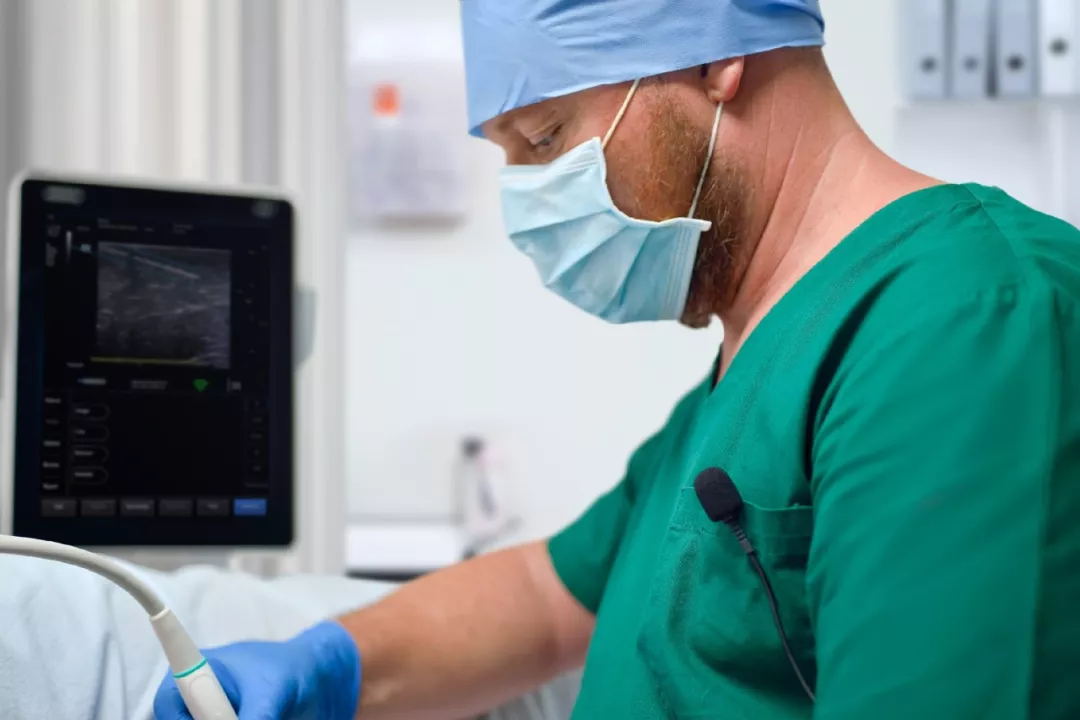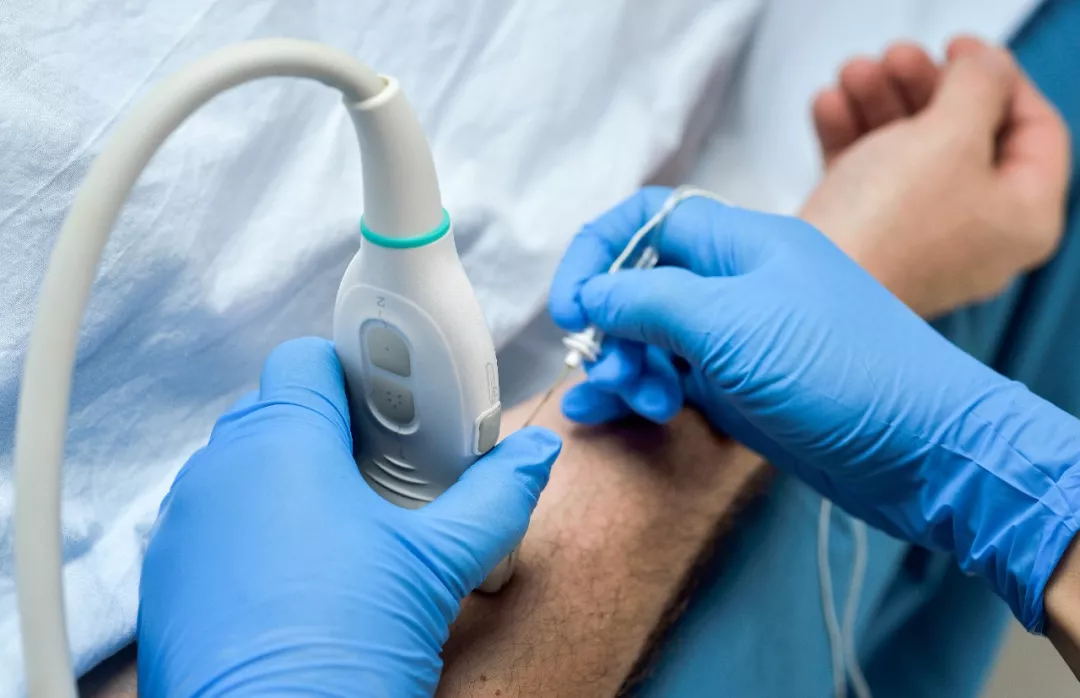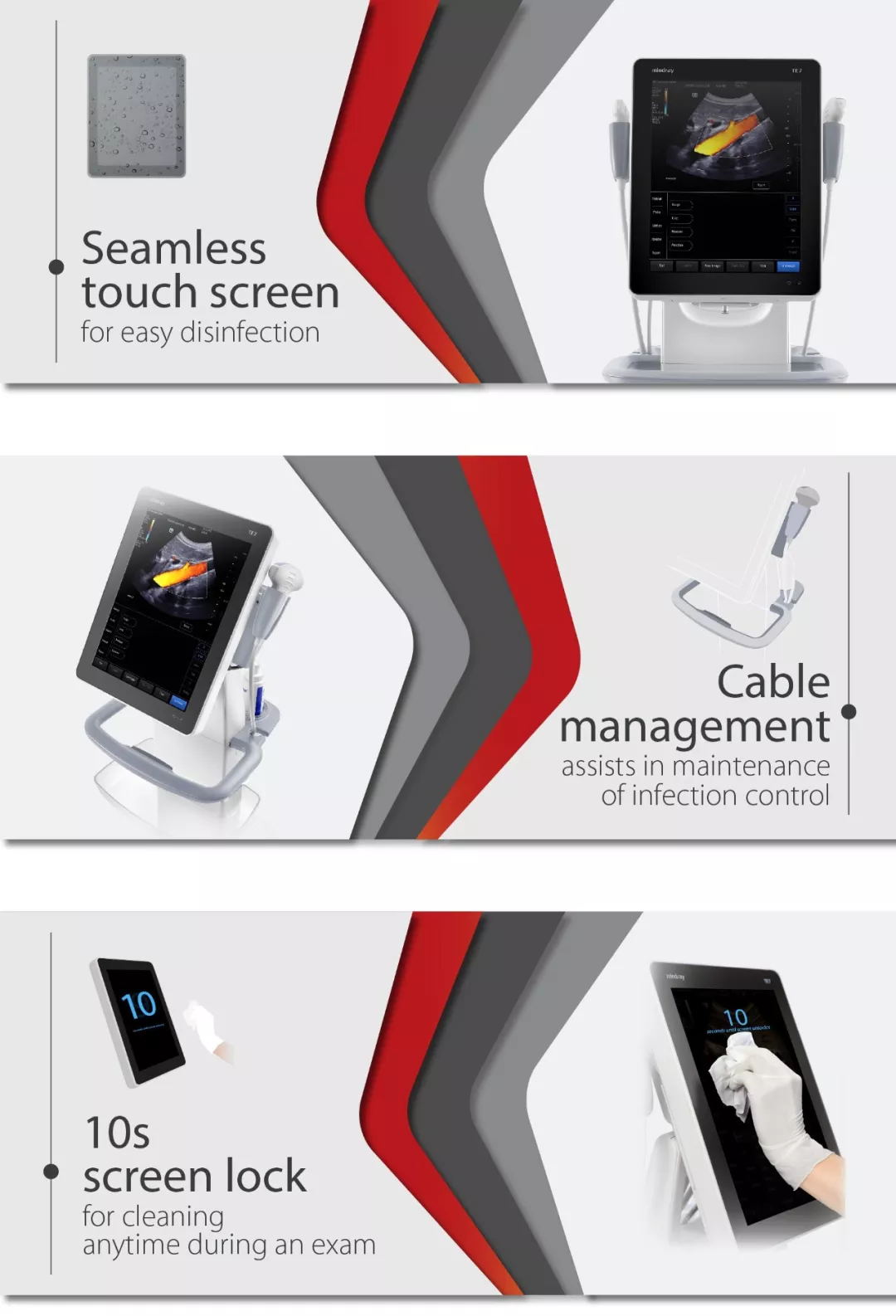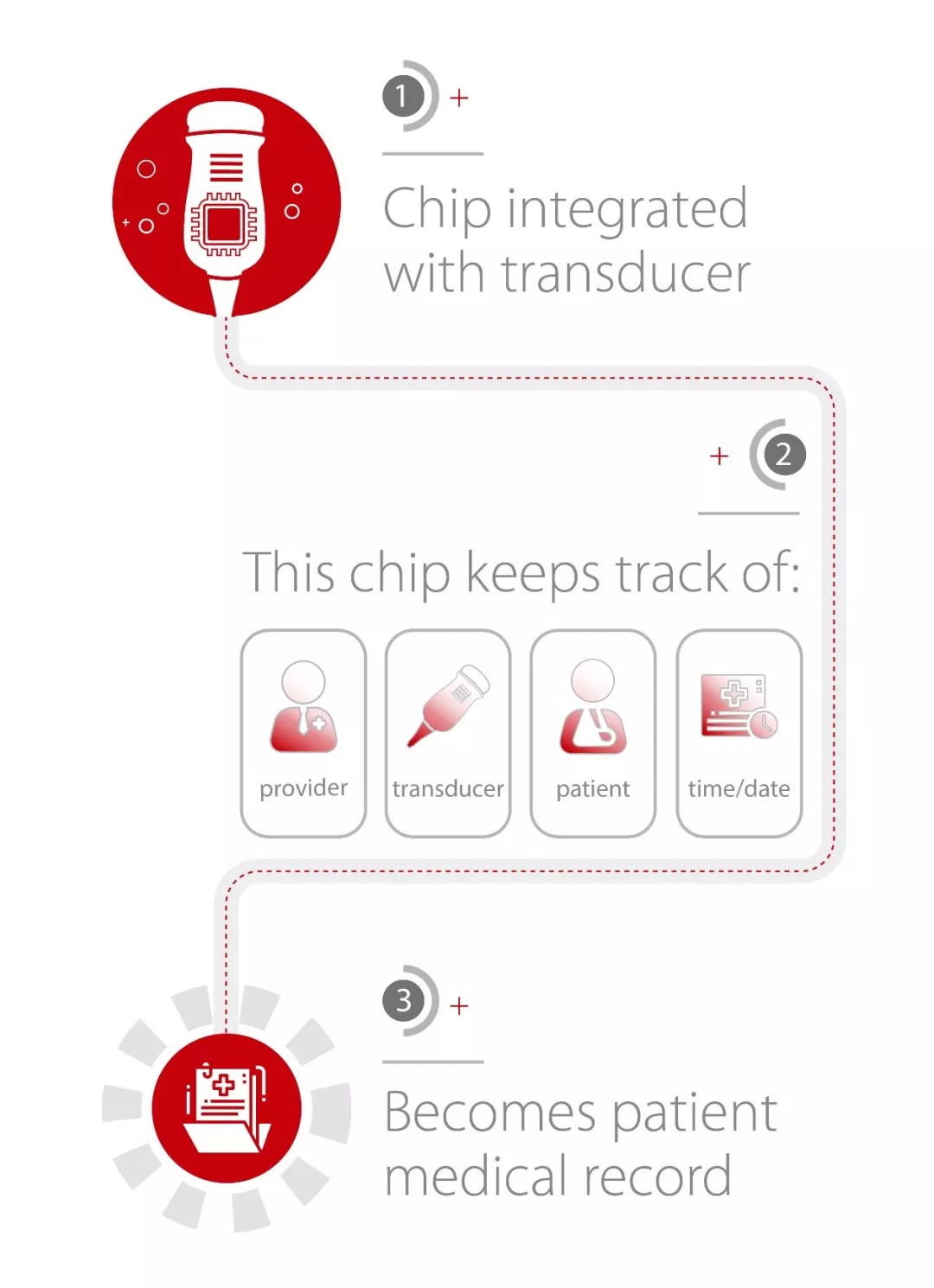[Mindray]How clean is clean
How Clean is Clean?
Nowadays, Healthcare Associated Infections (HAIs) becomes a growing public safety concern which can cause life-threatening complications. Statistics show that 74% of all immediate threat to life declarations were related to improperly sterilized or high-level disinfected equipment in 2016.[1] And the annual costs for HAIs alone in the United States can reach up to 28-45 billion USD.[2]
However, the number of ultrasound procedures increases rapidly and transducers may contact directly with mucus membrane or sterile tissue, transmission of virus or bacteria happens easily during examination. To clean and disinfect effectively remains a huge clinical challenge.
What if there is an all-around disinfection solution which runs through a comprehensive process with strict supervision, control and implementation to guarantee both the safety of the patient and the doctor now?
Could you foresee how it works to reduce the risk of HAIs in your daily work?
Take ultrasound-guided anesthesia as a vivid example, it’s of great help to avoid direct contact with the main unit to protect the patient against microorganisms.

Voice command function – iVocal
With profound insight into such clinical need, Mindray’s voice command function, iVocal combining with a 3 programmed buttons transducer, is born to control the system effectively without touching the screen. This hand-free operation reduces the risk of infection significantly from the very beginning.

In addition to such intelligent feature, Mindray also optimizes the design of the main unit for easy disinfection as well as selects high quality material with chemical resistance ability to guarantee the safety of the patient and the doctor throughout the whole care continuum.
 In order to ensure the high-quality management of our products, Mindray follows a stringent testing process from both internal and external organizations. Our transducers pass the compatibility test of Trophon and Antigermix, the most common high-level disinfection equipment across the industry. Since they are widely used in most hospitals, it can greatly save the disinfection time of our transducers, thus increasing work efficiency in the end.
In order to ensure the high-quality management of our products, Mindray follows a stringent testing process from both internal and external organizations. Our transducers pass the compatibility test of Trophon and Antigermix, the most common high-level disinfection equipment across the industry. Since they are widely used in most hospitals, it can greatly save the disinfection time of our transducers, thus increasing work efficiency in the end.
Lastly, with a number of professional technical materials available for reference, including Instructions & Preparation Manuals and Comprehensive Compatible Checklist of Disinfectants, you are well-guided to clean and disinfect the ultrasound system effectively in various situations as well as prevent it from damage caused by incorrect procedures.
Considering the excessive cost that HAIs result in every year, close attention should be paid to this issue in hospital management as well.

To address such problem properly, a unique transducer tracking function, Z-tracking is designed to offer dual protection to the patient and the doctor.
A special tracking chip is set inside the transducer, in which the data of provider, patient, transducer, time and date are recorded in detail. In this way, the workflow of infection control is more efficient recognized and guaranteed which directly protects our patients, thus saving the overall costs of HAIs.
On the other hand, there are still chances to trigger HAIs in some cases in spite of the effective disinfection process. At that moment, these records can act as an evidence to protect doctors and hospitals from being accused of negligence due to improper disinfection.
As disinfection plays an essential role in healthcare management, it can never be emphasized enough. With a deep insight into such clinical challenge, Mindray continues to push medical boundaries by demonstrating a leap forward in infectious disease prevention and control. Looking ahead, Mindray will keep on digging unmet clinical needs and pushing our limits to bring better healthcare within reach for everyone.
References
[1] The Joint Commission Advisory on Safety and Quality Issues. 2017. Improperly sterilized or HLD equipment-a growing problem. [ONLINE] Available at: https://www.jointcommission.org/assets/1/23/qs_33a_2017.pdf.[Accessed 17 June 2018].
[2]Nuvials X, Palomar M, Alvarez-Lerma F, et al. Health-care associated infections. Patient characteristics and influence on the clinical outcome of patients admitted to ICU. Envin-Helics registry data. Intensive Care MedExp. 2015;3(Suppl 1):A82.
[3] Mindray, How Clean is clean? . Available at: https://mindray.com/es/presscenter/How_Clean_is_Clean%EF%BC%9F.html[ Accessed 6 NOV2019]

